Fresh water is a resource as limited as it is essential; that is why its correct and efficient management is fundamental. Even more so at this time, given the magnitude of the current drought. In Andalusia specifically, where a new mango campaign is about to start, there are major concerns regarding the Guadalquivir basin, which according to the latest data is at a disturbing 23.2% of its capacity, while nothing points to the situation changing in the short term.
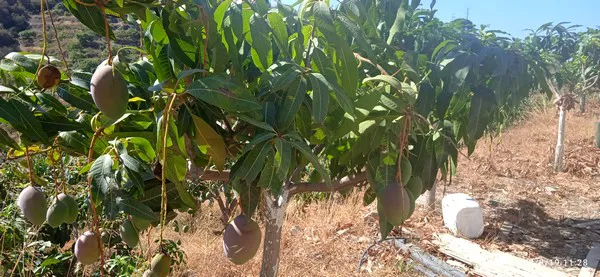
While not everyone in the region is suffering this pressing shortage of water, as producer Francisco Garcia explains, they are all having similar difficulties to get it, and this is taking a toll on the mango producers of the Costa Tropical de Granada. And with dams such as those of Béznar-Rules, which are close to 80% and 70% of their capacity, respectively (data updated on 18/08), the lack of infrastructure and government inaction, says Francisco, are causing the salinization of the aquifers that supply the producers of this area, in which subtropical agriculture is an important source of wealth and employment.
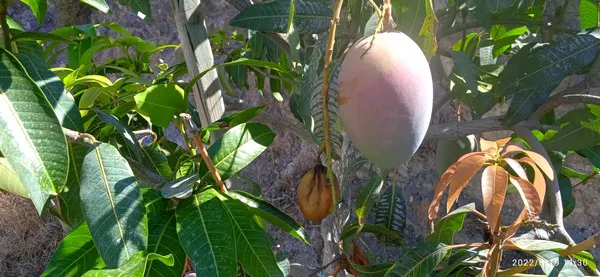
"The aquifers in the area of La Herradura, Almuñécar, on the right bank of the Guadalfeo river, are at minimum capacity, which is causing sea water to enter and the salinity levels of the water with which we irrigate to rise. The results of the laboratory analyses carried out on the irrigation water coming from the aquifer are alarming. On August 3 the amount of chlorides was 426 mg/l, and on August 18 it had already risen to 660 mg/l. That is poison for the plants, and not only for those that are already planted. Their accumulation in the soil will prevent others from being able to grow later on."
"Meanwhile, the Béznar-Rules reservoirs are almost at 80% of their capacity and have even been draining some of the fresh water that we so desperately need directly into the sea," says Francisco. This problem is not new, although it is now more serious. "Last year, we already sent a letter to the Council of Agriculture of the Andalusian Government, warning that this would happen, and we requested, among other things, for the aquifer to be recharged, but to date, nothing has been done."
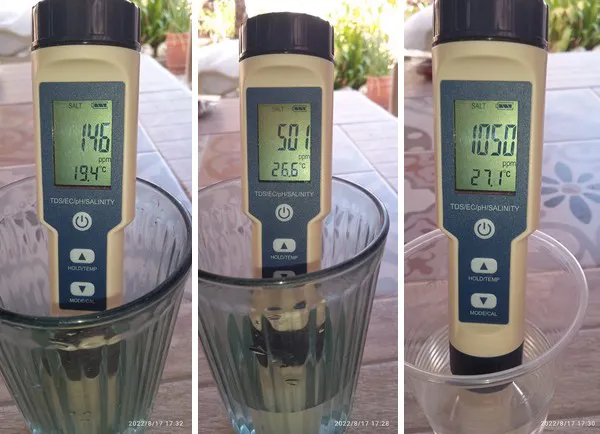
Total mineral salt levels in mineral water, tap water and irrigation water.
Based strictly on the law, specifically Law 9/2010 of July 30, the regional government has the power for "the management of groundwater and aquifer recharge", as well as not only the possibility, but the ability to set up special plans of action in situations of alert and possible drought of the Andalusian hydrographic demarcations.
"It is true that a tertiary has been enabled in the Almuñécar treatment plant for the use of reclaimed water for agriculture, but only two irrigation communities currently have the concession. The process to obtain it can take 2 years and we do not have that much time, because every day that passes is one day less for the trees to survive. The only solution at the moment would be to recharge the aquifer through the underwater pipeline."
"It is really impossible to understand how, having such an amount of water in the reservoirs, we are unable to irrigate. We cannot even fertilize, because we would be making the problem worse. In this year's campaign we are no longer concerned about the harvest volume or the fruit sizes; our biggest concern is whether we'll manage to save the plantations. Given the lack of irrigation and the high salinity, the trees are dropping the mangoes to the ground in order to survive."
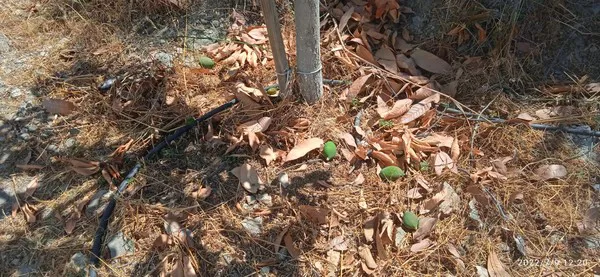
"We are talking about 3,000 to 4,000 hectares of subtropical crops and 6,000 to 7,000 jobs that are highly threatened, plus all the indirect jobs generated by the production of subtropical crops in this area of the Tropical Coast of Granada. When the La Palma volcano erupted, which was a real catastrophe, the Army was mobilized to prevent the loss of 3,000 hectares of banana plantations, and portable desalination plants were made available to producers, so that they could have access to fresh water and the area's main economic activity was protected."
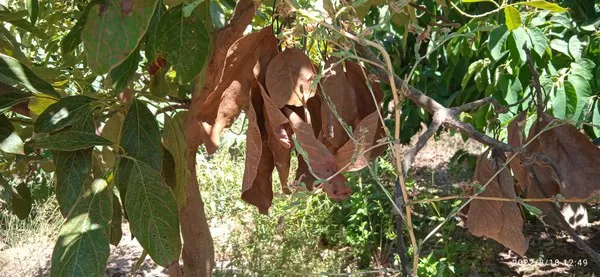
The Costa Tropical of Granada is very important for the Spanish sector. In addition to delivering a considerable production of mangoes and avocados, it is home to almost all of Spain's cherimoya acreage, and it is the world's largest production area of this fruit. Almuñecar, in the southwest of this region, is, in fact, where the Spanish tropical sector was born, and Francisco's own father-in-law, Joaquin Cabrera Torres, worked in the first mango plantation in Andalusia, established in the municipality.
"Since we warned the Council almost a year and a half ago in a letter, requesting the recharge of the aquifer due to the imminent risk of salinization, we may consider them responsible for the damages and we will file a formal complaint to the Administration if necessary."
For more information:
Francisco García
platerogarcia@hotmail.com
